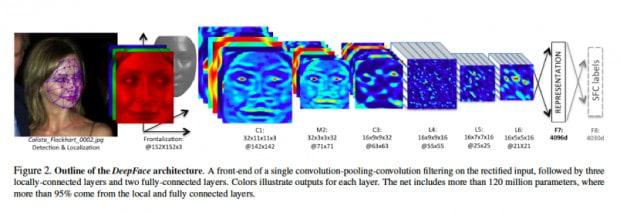Technological advancement is, for the most part, a wonderful thing. But as technology becomes more sophisticated, so does crime. Thankfully however, so do the methods to counter such menaces.
Hui Wang is the senior director of global risk sciences at PayPal. For the last 11 years, she has seen the evolution in methods of online fraudsters. “The fraudsters we’re interacting with are… very unique and very innovative. …Our fraud problem is a lot more complex than anyone can think of,” she told GigaOM (in what is, heartbreakingly, one of the last articles they may ever publish. We’ll miss you- Ed.)
Wang and her team at Paypal might have figured out way to utilize deep learning to better fight attackers who prey on online payment platforms, she tells GigaOM.
Deep learning, a broader part of Machine learning and in essence, Artificial Intelligence, draws inspiration from the structure and workings of the human brain. Operating on artificial neural network algorithms that constitute the deep learning system, they can be trained with troves of existing data to glean out patterns and features when operating on new data.
 A visual diagram of a deep neural network for facial recognition. Source: Facebook
A visual diagram of a deep neural network for facial recognition. Source: Facebook
Apply that to cybercrime and you have a new age crime fighter of sorts.
‘Machine-learning-based pattern recognition has long been a major part of fraud detection practices, but Wang said PayPal has seen a “major leap forward” in its abilities since it began investigating precursor (what she calls “non-linear”) techniques to deep learning several years ago,’ writes Derrick Harris for GigaOM.
Wang points out that PayPal has been working with deep learning for the past two to three years.
Heavyweights like Google, Facebook, Microsoft and Baidu have been working with Deep Learning for some time now, finding usage in speech and image recognition among other things. It is only fitting that online security harnesses the technology to get ahead of fraudsters.






